Monsoon Trekking Nepal
Monsoon Trekking Nepal offers a unique and adventurous way to explore the country’s stunning landscapes, even during the rainy season. While most trekkers prefer the clear skies of the spring and autumn, monsoon trekking has its own allure, with lush greenery, fewer crowds, and the chance to see Nepal’s nature at its most vibrant.
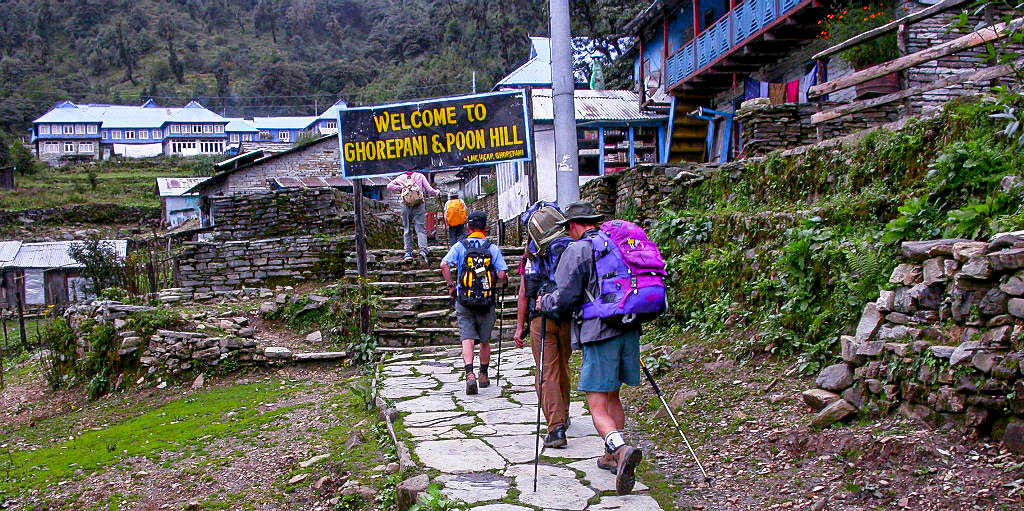
Advantages of Monsoon Trekking in Nepal
-
Lush Landscapes: The rains bring out the vibrant colors of the forests, hills, and fields, making the scenery breathtakingly beautiful. The valleys are alive with fresh blooms and flowing streams.
-
Less Crowded Trails: One of the biggest perks of monsoon trekking is having the trails more or less to yourself. This allows for a serene and intimate connection with nature, and interactions with local people along the way are more personal and engaging.
-
Richer Cultural Experiences: With fewer tourists around, you’ll get a chance to delve deeper into the local culture. The villages and teahouses along the trails are less busy, allowing for more meaningful conversations and interactions.
Popular Monsoon Treks
While trekking during the monsoon can be challenging due to rain and mud, some trails remain relatively dry because they are situated in the rain shadow of the Himalayas. These include:
-
Upper Mustang Trek: The region of Mustang lies in the rain shadow of the Dhaulagiri massif, making it an excellent destination for monsoon trekking. The arid landscape with its unique Tibetan culture offers a stark contrast to the lush greenery commonly associated with Nepal.
-
Dolpo Region: Another region that receives significantly less rainfall is Dolpo. This remote and rugged landscape offers breathtaking views and a peek into the traditional lifestyles of its inhabitants, who are culturally and ethnically Tibetan.
-
Nar Phu Valley Trek: This trek is less known and less frequented, providing a tranquil trekking experience even during the monsoon. The valley is protected by high mountain ranges that block much of the rain, making it a feasible monsoon destination.
Monsoon Trekking Nepal offers a different perspective of the Himalayas, filled with unique challenges and rewards. For those looking to escape the typical trekking crowds and experience Nepal’s landscapes rejuvenated by the rains, monsoon trekking can be a perfect adventure.
Cultural Festivals Nepal Off Season
Cultural Festivals Nepal Off Season provides a vibrant and profound insight into the rich tapestry of traditions and celebrations unique to Nepalese culture. The monsoon and winter months, which see fewer tourists, are a fantastic time to witness some of the country's most colorful and significant festivals. Here are some key festivals to consider if you're planning to travel during Nepal's off-season:
.jpg)
-
Gai Jatra (Festival of Cows): Held in August or September, Gai Jatra is one of the most whimsical and heartfelt festivals in Nepal. Originally celebrated in the Kathmandu Valley by the Newar community, it commemorates those who have passed away in the previous year. Families who have lost a loved one parade a cow or a child dressed as a cow through the streets. The festival includes processions, satirical comedies, and vibrant costumes, reflecting themes of life, death, and rebirth.
-
Indra Jatra: This eight-day festival takes place in September and is one of the most exciting and revered festivals in the Kathmandu Valley. It celebrates Indra, the king of heaven and the god of rain. The festivities include chariot processions, masked dances, and displays of sacred images. The Kumari, the living goddess, is paraded in her chariot through the old city of Kathmandu, a spectacle that draws thousands of devotees and spectators.
-
Tihar (Festival of Lights): Following closely on the heels of Dashain, Tihar is celebrated usually in November. This festival lasts for five days and involves the worship of various animals such as crows, dogs, and cows, each of which has a special day dedicated to it. The festival concludes with Bhai Tika, where sisters apply a seven-colored tika to their brothers' foreheads to ensure long life and thank them for the protection they provide. Homes and streets are decorated with lights and marigolds, making it a visually stunning time to visit.
-
Maghe Sankranti: Celebrated in mid-January, this festival marks the winter solstice and involves feasting on yams, sweets, and sesame seed delicacies. It is a time for family gatherings and ritual bathing in holy rivers, despite the chill. Maghe Sankranti is celebrated with particular zeal in the Terai regions of Nepal.
-
Lhosar: The Tibetan New Year, or Lhosar, is celebrated with great enthusiasm in regions with significant Tibetan or Tamang populations. Taking place in February or March, it includes colorful processions, traditional music, dancing, and a lot of socializing. It's a fantastic time to experience the Himalayan culture of Nepal firsthand.
-
Holi: Also known as the Festival of Colors, Holi is celebrated in March and is one of the most famous festivals due to its vibrant display of colors and general air of festivity. This festival marks the victory of good over evil and the arrival of spring. The atmosphere is filled with excitement and joy as locals and tourists alike throw colored powders and water at each other.
These festivals offer a unique glimpse into the cultural fabric of Nepal, providing experiences that are as enriching as they are entertaining. Traveling during the off-season not only allows for a more intimate experience of these traditional celebrations but also supports local communities by extending the tourist season. Join us at Relax Getaways to explore these cultural gems in depth.
Wellness Retreats
Nepal, with its serene landscapes and spiritual ambiance, is an ideal destination for wellness retreats. These retreats offer a perfect blend of natural beauty, traditional healing practices, and peaceful seclusion, providing a refuge for those looking to rejuvenate both body and mind. Here’s a closer look at what wellness retreats in Nepal offer, along with some recommendations on where to go for the ultimate restorative experience.
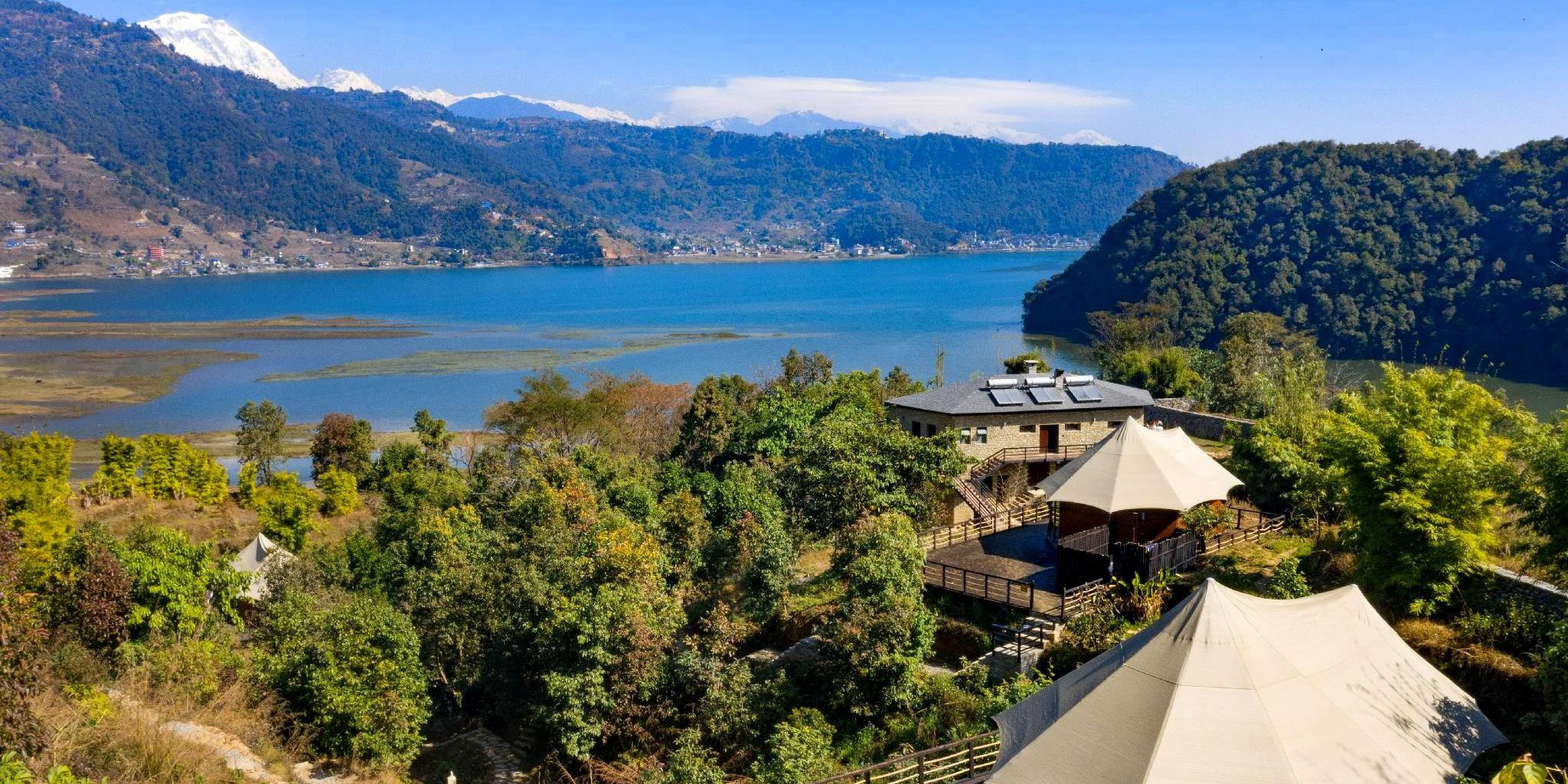
Benefits of Wellness Retreats in Nepal
-
Natural Settings: Nestled among the Himalayas or tucked away in tranquil forests, these retreats use their natural surroundings to foster a sense of peace and rejuvenation. The clean air and quiet atmosphere are perfect for meditation, yoga, and other wellness activities.
-
Holistic Health Approaches: Many wellness retreats in Nepal incorporate Ayurveda, yoga, meditation, and spa treatments that use local herbs and traditional techniques. These holistic practices are designed to heal and nourish both the body and the soul.
-
Spiritual Enrichment: With Nepal's rich spiritual heritage, including Buddhism and Hinduism, wellness retreats often include spiritual teachings and practices. Participants can engage in guided meditations, chanting, and even spiritual discourses with local monks or gurus.
-
Personal Growth Workshops: Aside from physical and spiritual practices, some retreats offer workshops on personal development, stress management, and emotional well-being, helping individuals to gain insights into their personal lives and find inner peace.
Top Wellness Retreats in Nepal
-
Osho Tapoban: Located near Kathmandu, Osho Tapoban is an international commune and forest retreat center. It offers a variety of meditation programs based on the teachings of Osho, with facilities set in a lush, green environment that promotes deep relaxation and self-discovery.
-
Himalayan Hermitage: Situated in the picturesque landscapes outside Kathmandu, Himalayan Hermitage offers guided meditation and yoga retreats. These retreats are designed to integrate spiritual practice with journeys through Nepal’s sacred sites, combining physical trekking with spiritual learning.
-
Begnas Lake Resort & Villas: Located in the Pokhara valley and away from the tourist hustle, this resort offers a serene setting by Begnas Lake. It specializes in Ayurvedic treatments and yoga retreats, providing a peaceful environment to relax and rejuvenate.
-
Vipassana Meditation Center: For those interested in serious meditation practice, the several Vipassana centers across Nepal offer courses on Vipassana Meditation as taught by S.N. Goenka. These courses, typically ten days long, involve intensive meditation training designed to cleanse the mind of impurities and tensions.
-
Annapurna Yoga Ashram: Located with views of the Annapurna range, this ashram offers yoga retreats that include daily yoga sessions, meditation, and satsangs (spiritual discussions). The ashram uses organic foods grown in its gardens, providing a holistic health experience.
A wellness retreat in Nepal is not just a holiday; it’s an investment in your overall well-being. It offers a chance to pause, reflect, and reconnect with your inner self amidst some of the world’s most breathtaking scenery. Whether you're seeking spiritual depth, physical rejuvenation, or both, Nepal provides a nurturing environment to facilitate this transformation.
Photography Workshops
Photography workshops in Nepal offer a unique opportunity to hone your photography skills while capturing the breathtaking landscapes and vibrant cultural scenes of this beautiful country. Whether you are a beginner looking to understand the basics or an experienced photographer eager to expand your portfolio with stunning images, Nepal’s diverse environments provide the perfect backdrop for learning and exploration.
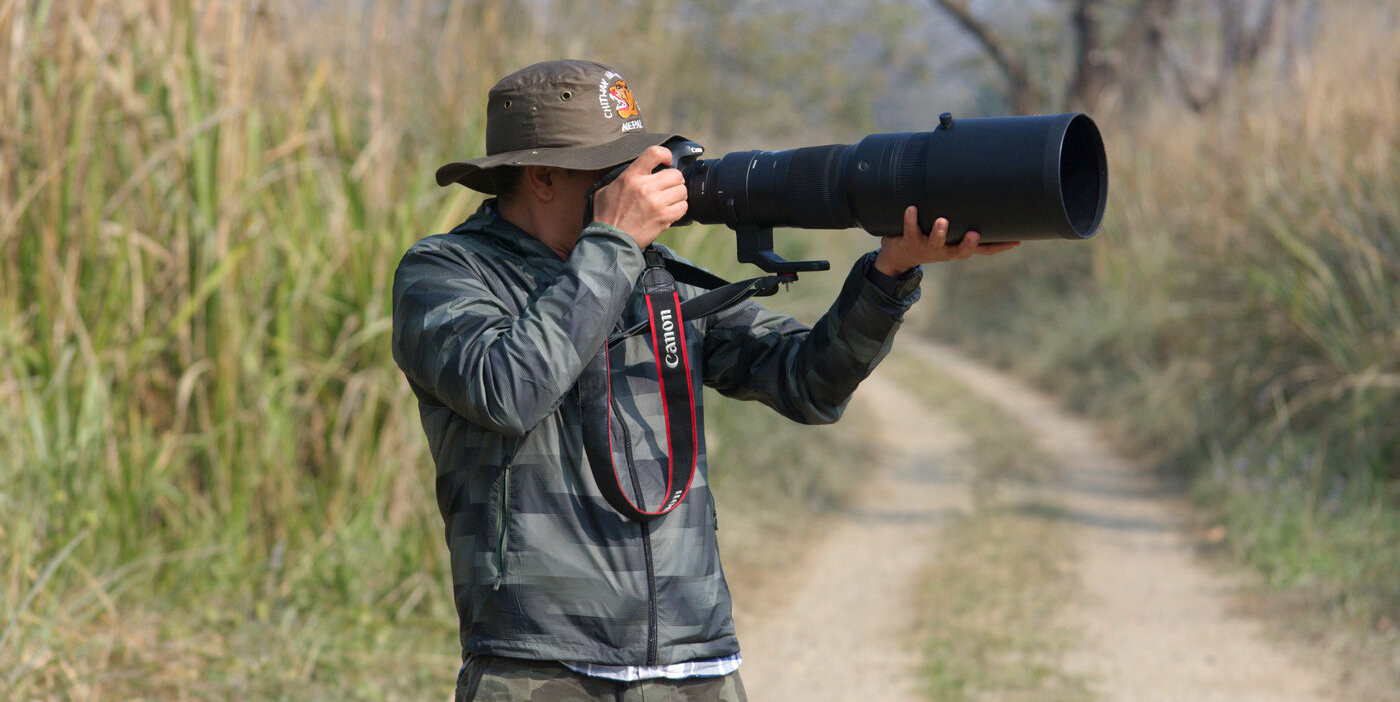
Benefits of Attending Photography Workshops in Nepal
-
Diverse Subjects: Nepal’s varied landscapes, from the towering Himalayas and lush jungles to ancient cities and colorful festivals, provide a wide array of subjects for photographers of all interests.
-
Expert Guidance: These workshops are typically led by experienced photographers who have extensive knowledge of both photography techniques and the local area. This expert guidance helps participants capture the best shots while learning about the cultural and historical significance of the locations they visit.
-
Hands-On Learning: Photography workshops offer on-site learning experiences, allowing you to apply new techniques as you learn them. This practical approach helps solidify skills more effectively than theoretical learning alone.
-
Peer Learning and Feedback: Being part of a group workshop allows you to share experiences and insights with fellow photography enthusiasts, offering diverse perspectives that can enhance your own understanding and creativity.
-
Adventure and Exploration: Photography workshops in Nepal often involve trekking to remote locations or accessing viewpoints that are off the beaten path, adding an element of adventure to the learning experience.
Popular Photography Workshops in Nepal
-
Himalayan Landscape Photography Tours: These tours focus on capturing the dramatic vistas of the Himalayan ranges. Ideal for landscape photographers, these workshops often include hikes to vantage points like Poon Hill or trips to Everest Base Camp for spectacular sunrise and sunset shots.
-
Cultural and Street Photography Workshops: Kathmandu and Bhaktapur are popular locations for workshops focusing on street and cultural photography. These sessions include guidance on capturing the essence of Nepal’s vibrant street life and ancient architectures, such as the intricately carved windows and bustling market scenes.
-
Wildlife Photography Workshops: For those interested in wildlife, Chitwan and Bardia National Parks offer workshops that focus on photographing the diverse wildlife of Nepal, including rhinos, tigers, and a myriad of bird species.
-
Festival Photography Workshops: Timed to coincide with major festivals such as Holi or Indra Jatra, these workshops offer participants a chance to capture the vivid colors and dynamic movements of Nepal’s famous festivals, providing insights into the cultural significance of these events.
Photography workshops in Nepal are more than just educational courses; they are immersive experiences that combine the art of photography with the adventure of travel, set against the backdrop of one of the world’s most photogenic countries.
Local Cooking Classes
Exploring the rich culinary heritage of Nepal through local cooking classes is an enriching experience that offers more than just skills in the kitchen. These classes provide a deep dive into the flavors, techniques, and cultural significance behind Nepalese cuisine, making them a must-do activity for food enthusiasts visiting the country.
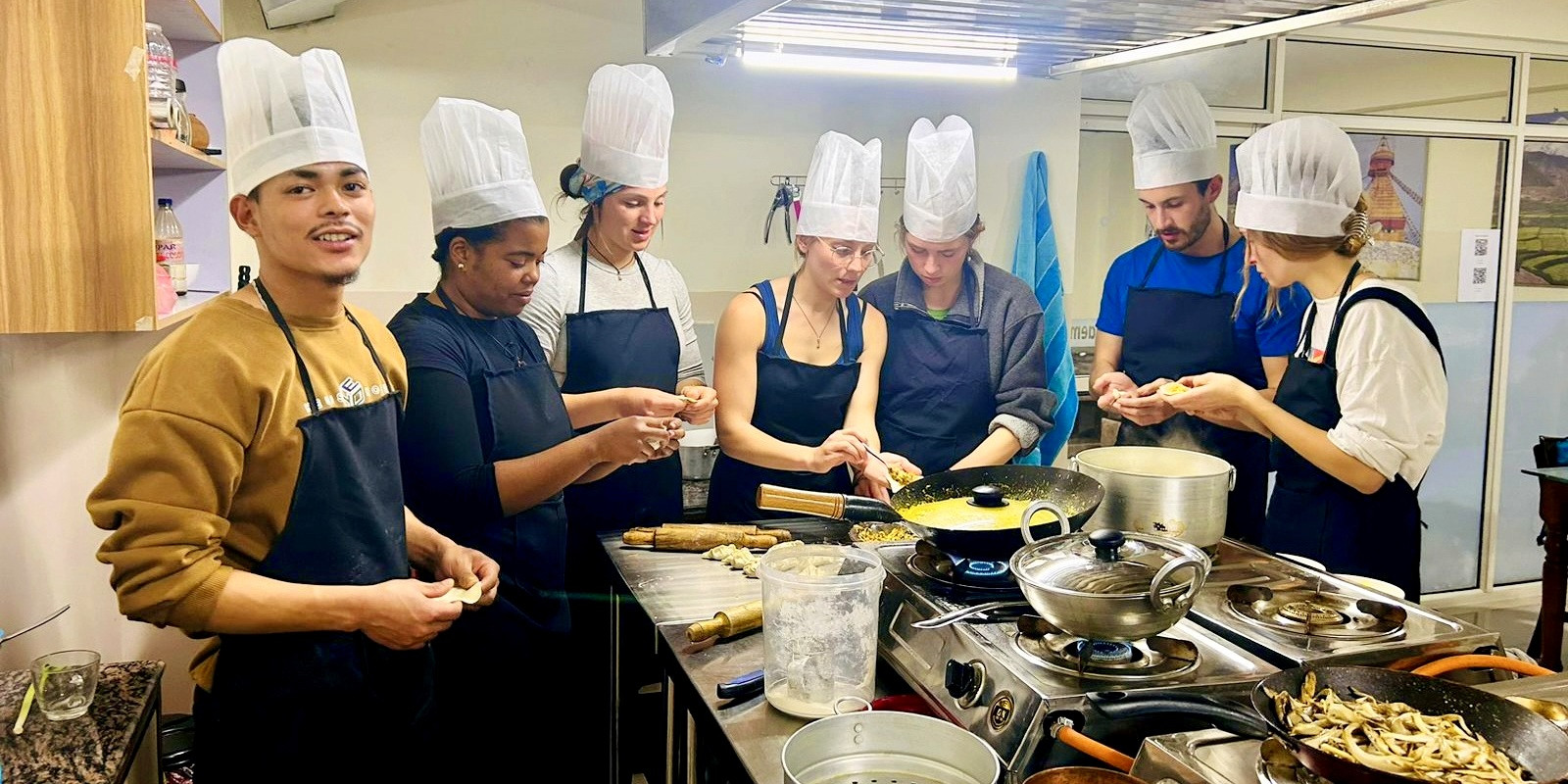
Benefits of Attending Local Cooking Classes in Nepal
-
Cultural Immersion: Cooking classes offer an authentic window into Nepalese culture, lifestyle, and traditions. Participants learn about the local ingredients, spices, and cooking methods that define Nepalese cuisine.
-
Hands-On Learning: These classes are highly interactive, allowing participants to engage directly in the preparation of dishes. This hands-on approach ensures that learners can replicate the recipes at home, keeping their travel memories alive.
-
Connecting with Locals: Classes are often conducted by local chefs or home cooks who share personal stories and insights into the local way of life, offering a more intimate understanding of the community.
-
Diverse Dishes: Nepal’s cuisine varies significantly from region to region. Cooking classes expose you to a variety of dishes, from the well-known momo (dumplings) and dal bhat (rice and lentils) to less familiar but equally delicious fare like sel roti (rice doughnut) and gundruk (fermented leafy greens).
Popular Dishes Taught in Nepalese Cooking Classes
-
Momo: Learn to make Nepal’s beloved dumplings, filled with vegetables or meat, and served with a tantalizing tomato-based chutney.
-
Dal Bhat: This staple meal consisting of lentil soup, rice, vegetable curries, and pickles is a comprehensive lesson in balancing flavors and nutrition.
-
Newari Cuisine: Dive into the dishes unique to the Newar community of the Kathmandu Valley, such as bara (savory lentil pancakes) and yomari (steamed rice cakes filled with sweetened sesame seeds).
-
Thukpa: A hearty noodle soup that is particularly popular in the mountainous regions, offering comfort and warmth in the colder climates.
Where to Take Cooking Classes in Nepal
-
Kathmandu: The capital city has several cooking schools offering classes that range from a few hours to full-day experiences. These often include a market tour to buy fresh ingredients, enhancing the learning experience.
-
Pokhara: Known for its laid-back atmosphere, Pokhara offers cooking classes that combine culinary education with relaxation, often featuring views of the stunning Annapurna range.
-
Bhaktapur: For a more traditional experience, Bhaktapur provides cooking classes in ancient surroundings, where you can learn about time-honored techniques and recipes that have been passed down through generations.
Local cooking classes in Nepal offer a delightful blend of culinary skills, cultural insights, and delicious outcomes. Whether you’re a seasoned cook or a novice in the kitchen, these classes promise a memorable and tasty addition to your Nepalese adventure.
Tips for Things to do in Off Seasons in Nepal
Exploring Nepal during the off-season presents unique opportunities and challenges. Here are some tips to enhance your experience and make the most of your visit during these quieter months:
Choose the Right Activities
-
Embrace the Rain: If you're visiting during the monsoon (June to August), consider activities that can be enjoyed despite the rain, such as cultural tours in cities, wellness retreats, or cooking classes.
-
Opt for Rain Shadow Areas: For outdoor activities, focus on regions like Mustang or Dolpo, which lie in the rain shadow of the Himalayas and receive significantly less rainfall.
Pack Appropriately
-
Waterproof Gear: Essential for monsoon travel. Include waterproof jackets, pants, and covers for your backpack and camera.
-
Layered Clothing: Weather can be unpredictable during the off-season, so layered clothing will allow you to adjust to changing temperatures easily.
Plan for Festival Participation
-
Research Local Festivals: The off-season is rich with cultural festivals. Plan your trip around events like Indra Jatra, Gai Jatra, or Tihar to experience Nepal’s vibrant traditions firsthand.
-
Check Dates in Advance: Festival dates can change as they are often based on the lunar calendar. Ensure you have the correct dates when planning.
Take Advantage of Lower Prices
-
Negotiate for Accommodations: With fewer tourists around, many hotels offer rooms at reduced rates. Don’t hesitate to ask for the best price.
-
Look for Off-Season Discounts: Travel agencies and tour operators may offer special rates for activities that are still feasible during the off-season, like certain treks or tours.
Be Flexible with Your Itinerary
-
Weather-related Delays: Be prepared for possible delays, especially if you're trekking. Flights to and from remote areas like Lukla can be delayed due to weather conditions.
-
Have Backup Plans: It’s wise to have a list of alternative activities or sites in case your original plans are disrupted by weather or other unforeseen circumstances.
Stay Healthy
-
Protect Against Leeches and Mosquitoes: In the monsoon season, these pests are more prevalent. Use insect repellent and wear long-sleeved clothing.
-
Stay Hydrated: Always carry bottled water, especially during treks, as dehydration can occur even in cooler, wet conditions.
Engage with Locals
-
Language and Customs: Learning a few basic phrases in Nepali can enhance your interaction with locals. Understanding and respecting local customs and dress codes is also crucial.
-
Support Local Businesses: Purchasing from local artisans, eating at local restaurants, and using local guides contribute positively to the community.
Capture the Moment
- Photography: The off-season can offer dramatic lighting and vibrant landscapes, perfect for photography. Always ask for permission before taking photos of people.
Prepare for Remote Connectivity
- Internet Access: In remote areas, internet and phone services can be sporadic. Inform someone of your itinerary, especially if you are heading into less traveled regions.
Exploring Nepal in the off-season not only offers unique experiences but also helps in promoting sustainable tourism by spreading the economic benefits throughout the year. With the right preparation and mindset, you can enjoy a rich and rewarding travel experience, even during Nepal's quieter months.
Exploring Nepal during the off-season offers unique and enriching experiences with fewer crowds and lower costs. This quieter time allows for intimate encounters with Nepal's rich cultural festivals and stunning natural landscapes. From serene treks in the rain-shadow regions to engaging in local traditions and festivals, the off-season is ideal for those seeking a deeper connection with Nepal’s heritage and natural beauty. Traveling during these months not only provides a more personal journey but also supports local economies outside of the peak tourist season, making your adventure both memorable and sustainable.
FAQs for Things to do in Off Seasons in Nepal
Q: What is considered the off-season in Nepal?
A: The off-season in Nepal generally spans the monsoon period from June to August and the winter months from December to February. These times see fewer tourists due to the challenging weather conditions.
Q: Can I go trekking in Nepal during the off-season?
A: Yes, trekking during the off-season is possible. Regions in the rain shadow, such as Mustang and Dolpo, receive minimal rainfall during the monsoon and are great for trekking. Lower elevation treks are also favorable during the winter.
Q: Are travel and accommodation cheaper during the off-season?
A: Yes, both travel and accommodation typically cost less during the off-season. Many accommodations offer discounted rates, and transportation costs within the country may also be lower.
Q: What are the benefits of visiting Nepal in the off-season?
A: The off-season allows for experiencing popular sites without the crowds, engaging more intimately with local culture, and attending unique cultural festivals not seen by many tourists. The natural environment is also particularly lush and photogenic during the monsoon.
Q: What special preparations are needed for traveling to Nepal in the off-season?
A: For monsoon travel, pack waterproof gear, sturdy shoes, and insect repellent. For winter, prepare warm clothing and layered outfits due to the cold, especially in the evenings and at higher altitudes.
Q: What are some recommended off-season activities in Nepal besides trekking?
A: Besides trekking, you can explore cultural tours, cooking classes, wildlife safaris, photography workshops, and vibrant festivals like Indra Jatra or Lhosar during the off-season.
Q: How can I stay safe while traveling in Nepal during the off-season?
A: Ensure safety by checking local weather forecasts, especially for outdoor activities. Use reputable travel agencies and guides for trekking and rafting, and allow flexibility in your itinerary to accommodate potential delays.
Q: Are national parks open in Nepal during the off-season?
A: Yes, national parks in Nepal remain open year-round. Visiting during the off-season can be especially rewarding for wildlife watching, as the parks are less crowded and the surroundings are lush.
For the Nepal tour, please click here.
If you are looking for different kinds of Nepal Tours or Trekking Packages, feel free to contact us.
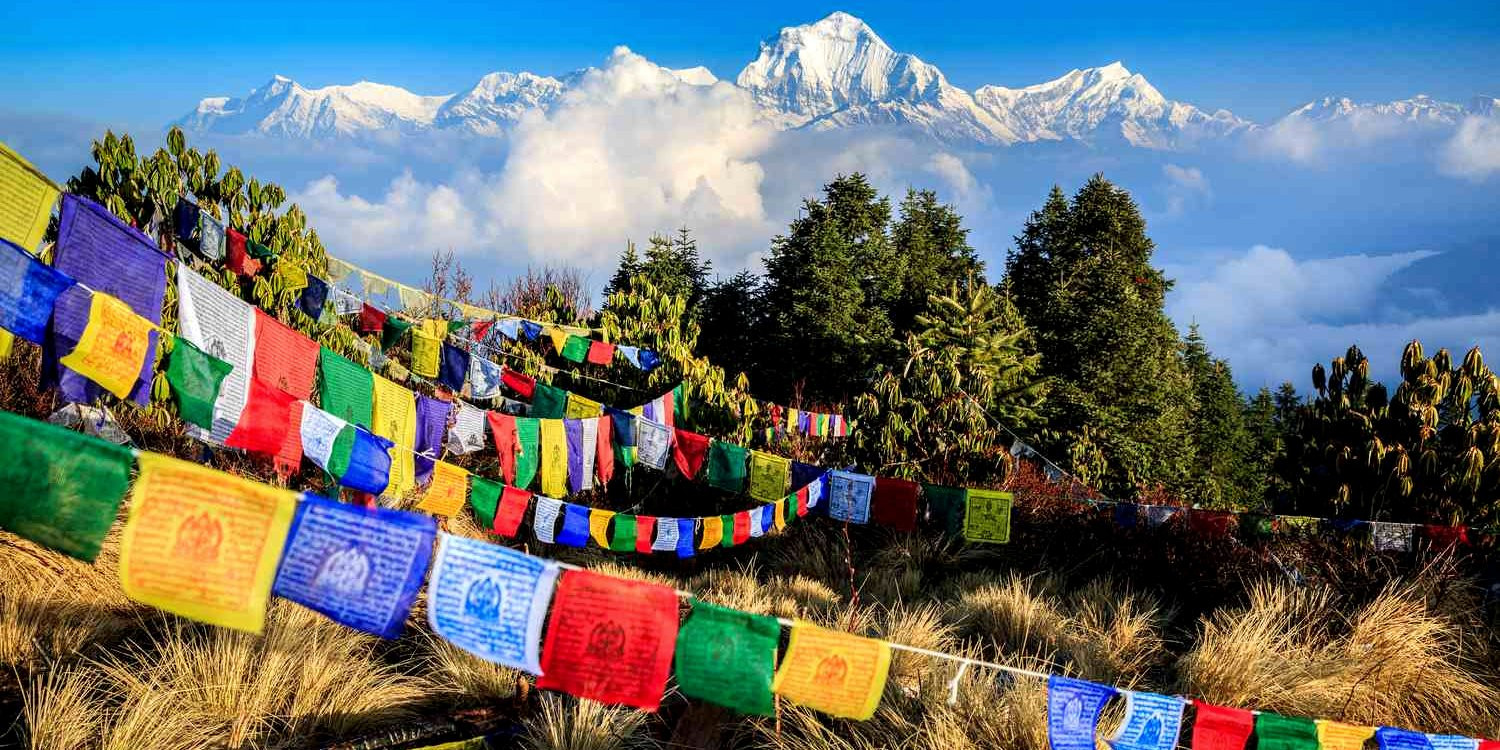


.jpg)



